The Alaska Summit marked the onset of a new era in global politics.
The Alaska Summit marked the onset of a new era in global politics.
By Yıldıran Acar, Political Scientist
The Beginning of the Summit and Pre-Meeting Signals
The announcement of the Alaska Summit effectively froze the global political stage. Who would participate, what the agenda would include, and whether the focus would remain on the war in Ukraine or expand to other issues quickly became matters of speculation. The confirmation that the meeting would involve only two leaders shifted the balance. Excluded from the table, Ukraine and EU leaders attempted to undermine the process. Russia’s Ministry of Defense exposed these attempts, reinforcing Moscow’s long-standing claim that “the Collective West uses Ukraine as a proxy.” This highlighted a crucial point in the dynamics of proxy warfare: the real actor in this conflict is not Ukraine itself, but the Western powers operating behind it.
The Reception Ceremony and the Power of Symbols
In Alaska, Trump welcomed Putin with a red-carpet ceremony, while B-2 stealth bombers performed a show of strength in the skies, symbolizing American power and resolve. Trump’s invitation to Putin to join him in his official vehicle, traveling together to the summit, highlighted the importance he attached to personal diplomacy.
Moscow, in turn, deployed equally powerful symbols. Sergey Lavrov’s sweatshirt emblazoned with the Soviet “CCCP” insignia underscored how deeply Russia employs symbols as instruments of foreign policy. It was not merely a garment but a deliberate signal, demonstrating how geopolitical symbolism functions as a strategic tool. It projected the legacy of the past into the instruments of the present. Putin’s visit to Magadan, where he laid a wreath at the “Alaska–Siberia Air Bridge” monument—commemorating U.S.-Soviet cooperation during the Second World War—conveyed another carefully coded message: Russia is not closed to cooperation but is willing to sit at the table under the right conditions.
Statements After the Summit
Following nearly three hours of discussions, both leaders addressed the public. Putin emphasized that the conflict in Ukraine could be resolved, but insisted that a sustainable peace required eliminating the root causes of the crisis. Trump described the talks as “productive,” while admitting that a final agreement had not yet been reached. The focal points were global security and economic cooperation in the Arctic region. Notably, Putin invited Trump to Moscow, underscoring that Alaska was not an endpoint but rather the beginning of an ongoing process of negotiation within the broader geopolitical calculus.
Interpretations in Russian Media
Russian media framed the summit as a significant diplomatic triumph. Headlines such as “Russia Did Not Yield,” “A Door to Peace Opened,” and “The Narrative of Strategic Defeat Is Over” dominated coverage. Commentaries highlighted that international isolation had been broken, Russia had returned to the center of the global equation, and Washington could no longer dismiss Moscow as a marginal player.
The Western Media’s Perspective
Western outlets adopted a markedly critical tone. The prevailing narrative held that Putin had successfully reemerged from diplomatic isolation, regaining visibility on the world stage, while Trump failed to secure tangible results. The lack of progress toward a ceasefire or peace was portrayed as a significant disappointment. Furthermore, the very fact that Putin was once again treated as a peer among world leaders was cast as a strategic setback for the West, exposing the strategic autonomy deficit within the transatlantic alliance.
Europe and Zelenskyy’s Reactions
In Europe, those advocating for the continuation of the war expressed clear dissatisfaction. The direct engagement between Washington and Moscow raised the prospect of peace, a development these actors opposed. Their rhetoric demonstrated that they preferred prolonged conflict to compromise. Political discourse across Europe reacted sharply to the possibility of a U.S.-Russia rapprochement, exposing a deeper truth: what is desired by many European elites is not peace, but the perpetuation of confrontation within the logic of proxy warfare dynamics.
The Planned Washington Meeting of August 18, 2025
Immediately after the Alaska Summit, an announcement was made that on Monday, August 18, 2025, Trump would host a meeting in Washington with EU leaders and President Zelensky. While the meeting has not yet taken place, its very structure affirms Moscow’s thesis. In Alaska, the two superpowers met alone; in Washington, Zelenskyy, and the Europeans will join only at Washington’s invitation. This dynamic demonstrates that neither Ukraine nor the EU can act independently. It confirms, in concrete terms, that Ukraine is functioning as the proxy of the Collective West.
The EU’s Ineffectiveness in Global Politics
The summit revealed how far the EU remains from exerting genuine influence in global affairs. Its absence from the table illustrated Brussels’ inability to assert independent diplomatic weight in dealings with Washington and Moscow. The oft-cited aspiration of “strategic autonomy” has once again proven illusory, further exposing the structural vulnerabilities of the European project.
The Materialization of the “Collective West” Thesis
Moscow’s long-articulated claim that “Russia is not fighting Ukraine but the Collective West” has now materialized beyond doubt. Ukraine’s exclusion from the Alaska table laid bare the true decision-makers behind the war. Europe’s and preference for prolonging the conflict further reinforced this thesis, fitting within the broader pattern of proxy warfare dynamics employed by the West.
The EU’s Crisis of Leadership
The inability of EU member states to produce strong leaders has hindered any coherent strategic direction in times of crisis. This leadership vacuum has rendered Europe politically and militarily dependent. By outsourcing its security to NATO and, in effect, to Washington, the EU has forfeited its prospects of acting as an autonomous power, further emphasizing the strategic autonomy deficit at the heart of the Union.
Conclusion
The Alaska Summit marked not merely a bilateral encounter but the onset of a new era in global politics. The direct engagement of the two superpowers has reshuffled the deck. For Moscow, the narrative of isolation collapsed; for Washington, control over Europe was reaffirmed. The EU, meanwhile, was sidelined to the role of spectator. This outcome strengthens Russia’s “Collective West” thesis while underscoring that Europe remains aligned with forces seeking to prolong the war rather than achieve peace. No decisive will for lasting peace has yet emerged, but the summit declared that the great powers are back on stage—while Europe lingers on the margins of history.


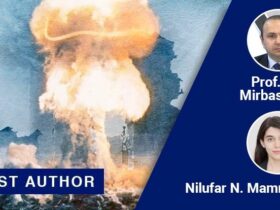
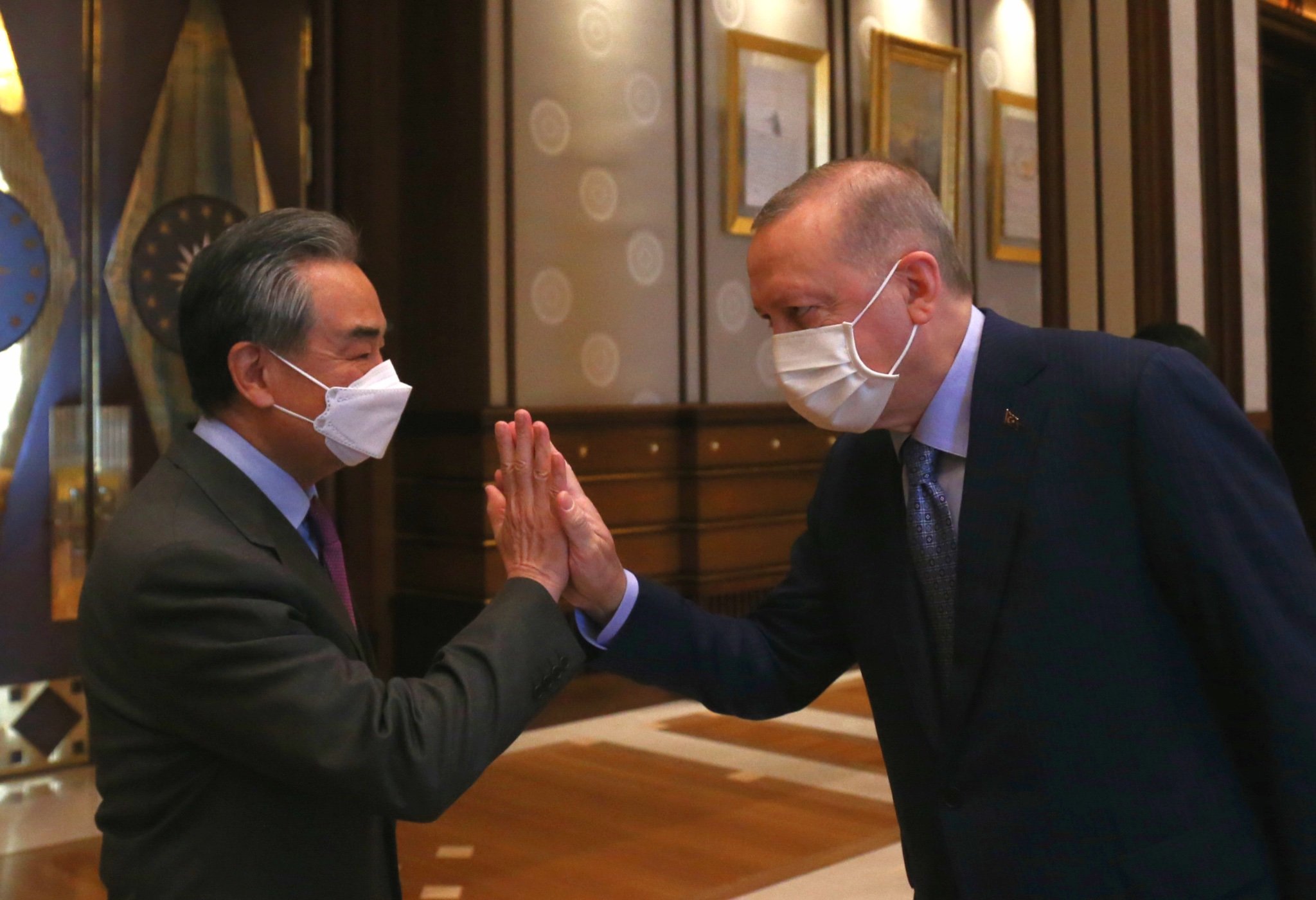
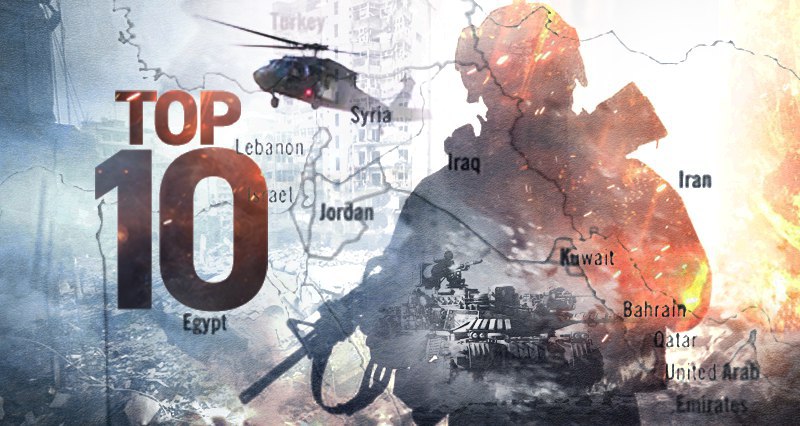
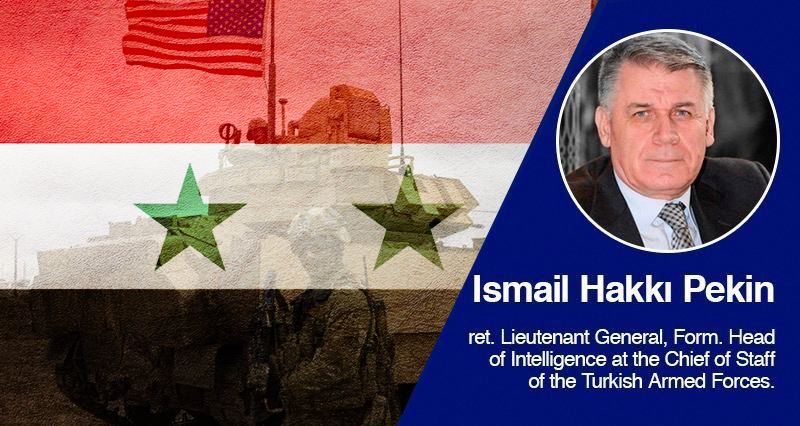

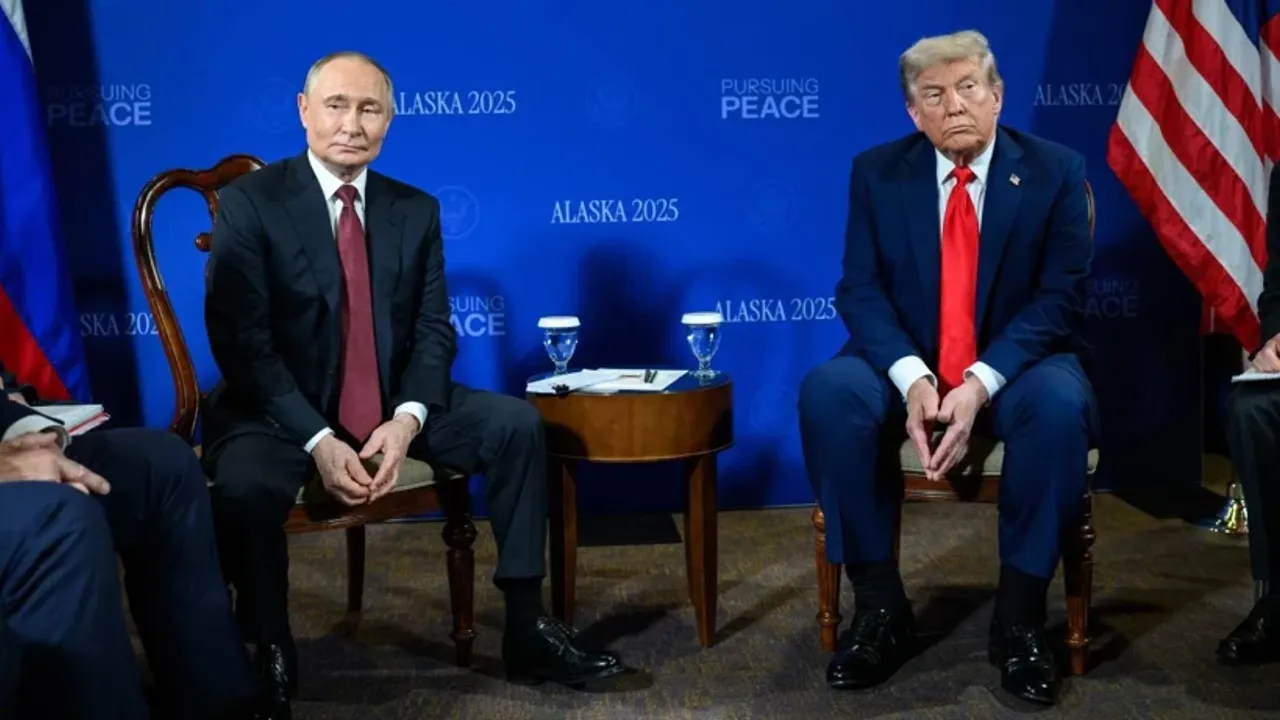
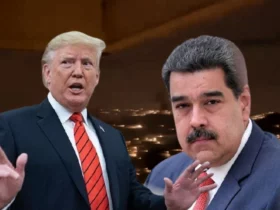
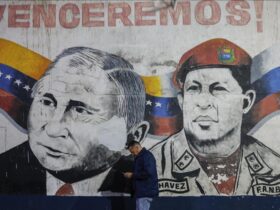
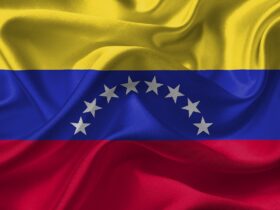

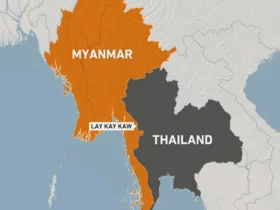
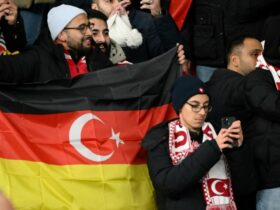
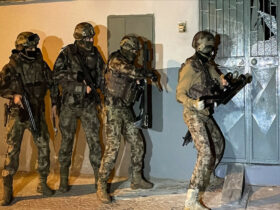

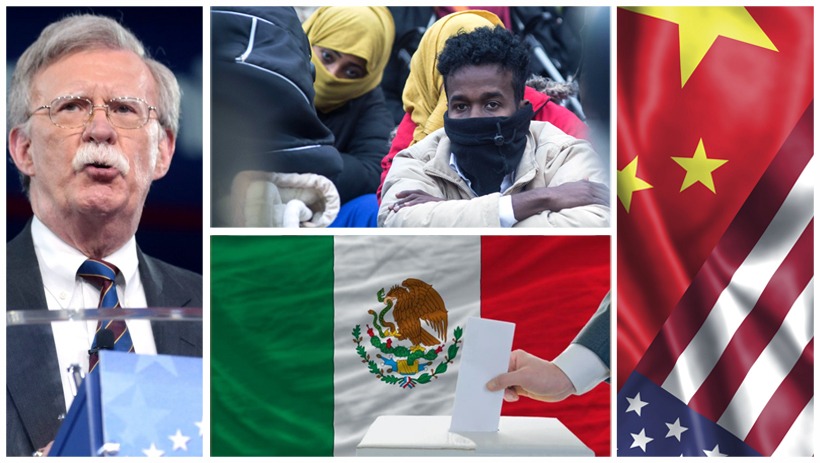
Leave a Reply